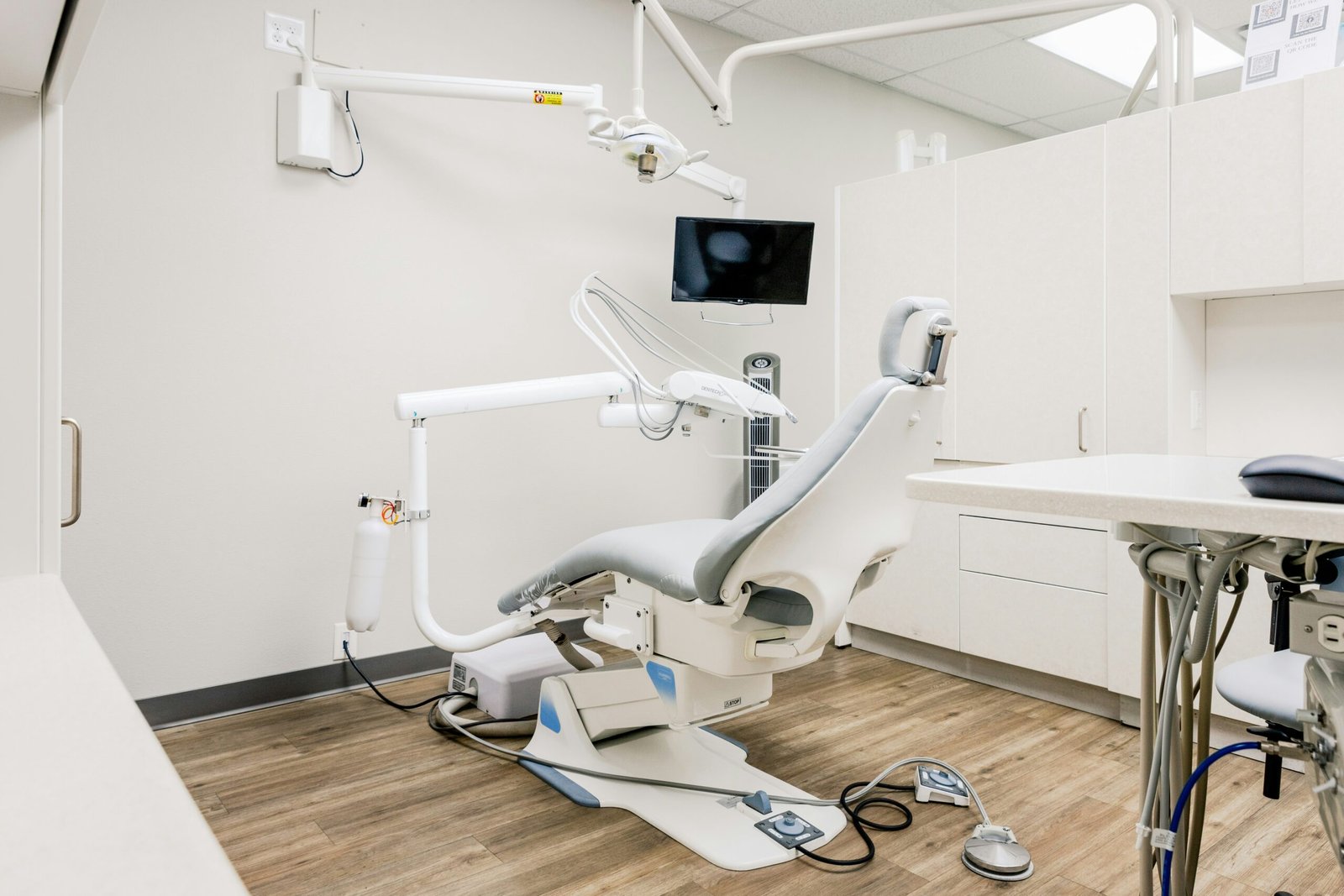Understanding the Importance of Dental Office Improvements Investing in improvement projects within a dental practice is essential for several reasons, as these enhancements significantly affect the overall success of the office. First and foremost, updated facilities can…
Introduction to Sustainable Construction
Sustainable construction is an approach that seeks to reduce the environmental impact of building activities while enhancing the quality of life for present and future generations. This practice emphasizes the use of eco-friendly materials, efficient resource management, and energy-efficient design principles. In urban centers like Dallas, where population density continues to rise, the urgency for sustainable construction practices becomes increasingly pertinent. The growing awareness of climate change necessitates a shift towards more environmentally responsible building techniques that not only cater to immediate needs but also consider long-term sustainability.
As urbanization escalates, cities face numerous challenges, including increased pollution, traffic congestion, and heightened demand for resources. Sustainable construction addresses these challenges by advocating for the integration of green technologies and practices within the urban landscape. This entails using renewable resources, minimizing waste, and employing sustainable energy sources, such as solar and wind power. Moreover, buildings designed with sustainability in mind often have lower operating costs, contributing to their appeal for both developers and homeowners.
The emphasis on sustainable construction in Dallas is further propelled by governmental initiatives and community awareness. Efforts to promote eco-friendly practices have led to the implementation of building codes and incentives that encourage developers to adopt green building techniques. By fostering a culture of sustainability, Dallas not only enhances its appeal as a modern urban center but also plays a crucial role in combating climate change. As we delve deeper into specific green building practices, it is important to recognize the collective responsibility of stakeholders, including architects, builders, and policymakers, in promoting a sustainable future for the city.
Eco-Friendly Building Practices
In the quest for sustainable construction, numerous eco-friendly building practices are emerging in Dallas, aimed at minimizing environmental impact while enhancing the quality of life. Among these practices, solar panel installations stand out as a prominent choice. By harnessing solar energy, buildings can significantly reduce their reliance on fossil fuels, which in turn decreases greenhouse gas emissions. The installation process typically involves assessing the roof’s size and orientation, followed by securing the appropriate solar technology, which can often qualify for local and federal incentives. An example of successful solar implementation can be seen in the Texas A&M University Commerce campus, where solar panels have led to substantial energy savings.
Another noteworthy eco-friendly practice is green roofing, which involves covering rooftops with vegetation. This not only improves energy efficiency by providing insulation but also reduces stormwater runoff, alleviating pressure on urban drainage systems. Building owners should consider factors such as plant selection, installation techniques, and ongoing maintenance when implementing green roofs. A case in point is the AT&T Discovery District in Dallas, which features a stunning green roof that enhances biodiversity while offering a visually appealing green space for the community.
Moreover, the use of sustainable materials plays a crucial role in eco-friendly construction. This includes utilizing recycled or rapidly renewable materials, as well as sourcing local products to minimize transportation emissions. Builders are increasingly opting for materials such as bamboo flooring, reclaimed wood, and non-toxic insulation, all of which contribute to healthier indoor environments and reduced carbon footprints. For instance, the Oak Cliff Transit-Oriented Development project showcases the integration of eco-friendly materials, emphasizing sustainable living through design.
By adopting these eco-friendly building practices, Dallas is paving the way for a more sustainable future, effectively reducing the carbon footprint of its buildings while fostering healthier living conditions for its residents.
The Role of Zencore Global in Sustainable Construction
Zencore Global has positioned itself as a leader in the realm of sustainable construction in Dallas, demonstrating a strong commitment to eco-friendly practices. The company offers an array of services meticulously designed to assist clients in implementing green building practices effectively. From consultation to project management, Zencore Global provides expert guidance across all phases of a construction project. Their team of specialists is well-versed in the latest sustainability standards and technologies, ensuring that clients are equipped with the knowledge and tools necessary to create energy-efficient structures.
One of the key elements of Zencore Global’s approach is its focus on strategic partnerships. The company collaborates with local governments and organizations to foster the widespread adoption of sustainable construction methodologies. These partnerships are vital as they help in establishing a shared vision and framework for promoting eco-conscious building practices within the community. By working closely with policymakers, Zencore Global influences regulations that support sustainability and help in streamlining processes for builders seeking to implement environmentally friendly projects.
Moreover, Zencore Global champions the use of innovative materials and construction techniques that minimize waste and conserve resources. Their expertise enables clients to navigate the complexities associated with integrating renewable materials and energy-efficient systems into their designs. Not only does this contribute to the overall sustainability of the projects, but it also can result in significant cost savings over the life of the buildings.
In conclusion, Zencore Global plays a crucial role in transforming the construction landscape in Dallas through its unwavering commitment to sustainable practices. By providing expert services, fostering partnerships, and advocating for innovative solutions, the company is helping to pave the way for a more environmentally responsible approach to construction in the region.
The Future of Sustainable Construction in Dallas
As the conversation around climate change intensifies, the future of sustainable construction in Dallas and the broader Texas region becomes increasingly pertinent. Emerging trends in green building practices indicate a collective shift towards more eco-conscious and responsible methodologies that minimize environmental impacts. Techniques such as energy-efficient designs, the use of sustainable materials, and the incorporation of renewable energy sources are not just passing fads; they represent a fundamental transformation within the construction industry aimed at promoting sustainability.
Despite these optimistic trends, challenges remain. One significant hurdle is the initial cost of implementing green building practices. Many stakeholders in the construction industry may view sustainable options as financially burdensome compared to conventional methods. This perception can hinder the adoption of innovative designs and green technologies. Furthermore, outdated zoning laws and regulatory hurdles can complicate the integration of sustainable construction practices, delaying progress and dissuading potential developments. Overcoming these challenges will require concerted efforts from industry leaders, policymakers, and the community to create a more accommodating framework for sustainable development.
Civic engagement is vital for promoting awareness and driving the success of sustainability initiatives in the construction sector. Community involvement fosters transparency and encourages collective investment in green building practices. Companies like Zencore Global exemplify this commitment, advocating for sustainable frameworks within urban settings and leading by example in the Dallas area. By actively engaging residents and stakeholders, such companies can play a pivotal role in inspiring collective action toward a sustainable future.
In conclusion, the path forward for sustainable construction in Dallas relies on collaboration between various sectors, innovation in building practices, and a deep-rooted commitment to eco-friendly standards. Together, these elements can forge a thriving, sustainable urban landscape that benefits present and future generations.







